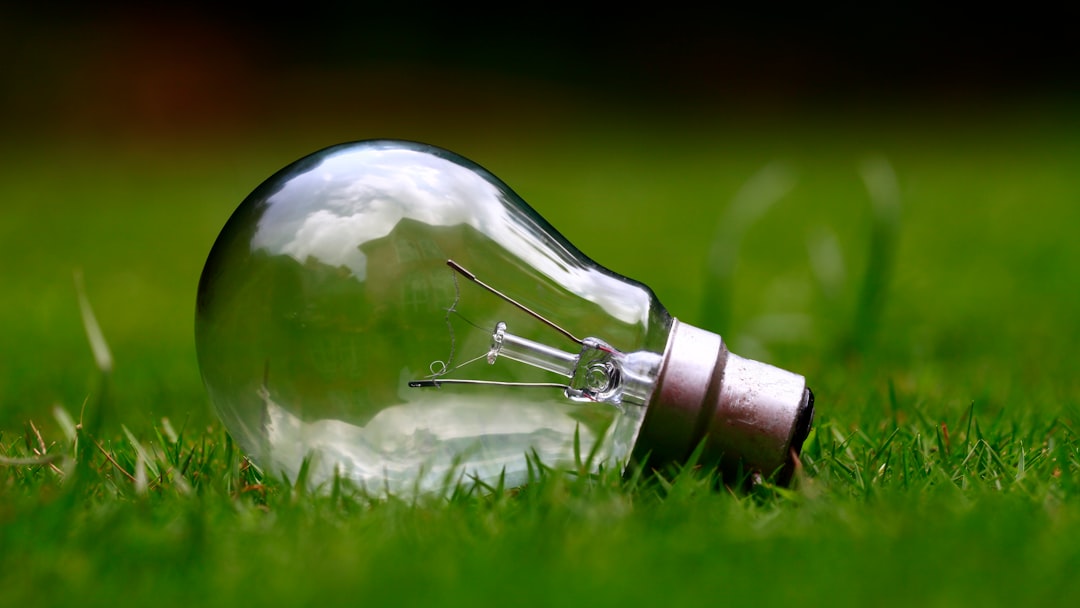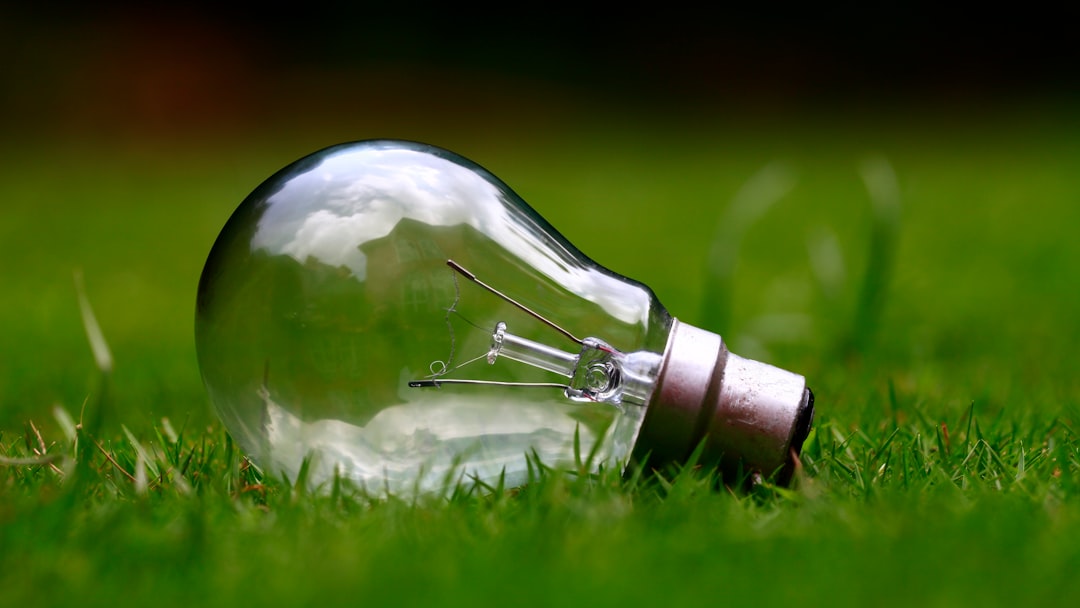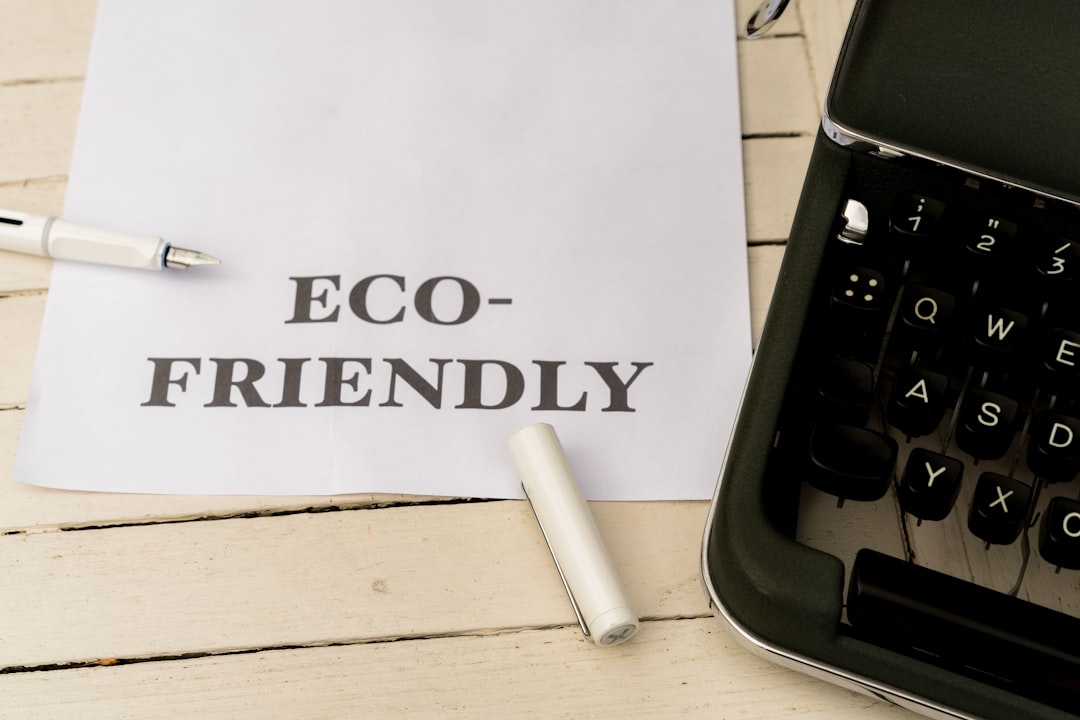Conserve Energy at Home: Simple Steps for a Sustainable Lifestyle

Conserve Energy at Home: Simple Steps for a Sustainable Lifestyle
Welcome to Tamara Sustainable Living! Today, we’re diving into a crucial aspect of sustainable living: conserving energy. It’s not just about saving money; it’s about protecting our planet and ensuring a healthier future for generations to come. Let’s explore simple yet effective ways to reduce your energy consumption at home.
 Image related to A cozy living room with natural light streaming in, showcasing energy-efficient lighting fixtures.
Image related to A cozy living room with natural light streaming in, showcasing energy-efficient lighting fixtures.
 Image related to A close-up shot of an Energy Star certified appliance label.
Image related to A close-up shot of an Energy Star certified appliance label.
 Image related to A visual representation of the water cycle or a family taking a quick shower.
Image related to A visual representation of the water cycle or a family taking a quick shower.
Why Conserve Energy?
Conserving energy offers a multitude of benefits. Firstly, it reduces your carbon footprint. The less energy we use, the less fossil fuels need to be burned, lessening greenhouse gas emissions. Secondly, it saves you money on your utility bills. Thirdly, it helps conserve natural resources, like coal and gas, ensuring their availability for future generations. Finally, it promotes a more sustainable and responsible way of living.
Simple Ways to Conserve Energy
Lighting
One of the easiest ways to cut down on energy consumption is through your lighting. Start by switching to energy-efficient LED bulbs. They use up to 75% less energy and last much longer than traditional incandescent bulbs.
[IMAGE: A cozy living room with natural light streaming in, showcasing energy-efficient lighting fixtures.]
Make the most of natural light. Open curtains and blinds during the day to illuminate your home naturally. This not only reduces your reliance on artificial lighting but also boosts your mood and well-being.
Remember to turn off lights when you leave a room. It might seem trivial, but it adds up over time.
Lighting Tip
Consider using dimmer switches to control the intensity of your lights. This allows you to adjust the brightness to suit your needs and further reduce energy consumption.
Heating and Cooling
Heating and cooling systems are often the biggest energy consumers in a home. Optimize your thermostat settings to save energy. In the winter, set your thermostat to a lower temperature when you’re away or asleep. In the summer, raise the temperature when you’re out.
Proper insulation is crucial for energy efficiency. Insulate your walls, attic, and floors to prevent heat loss in the winter and keep your home cooler in the summer.
Seal any air leaks around windows and doors with weather stripping or caulk. This prevents drafts and helps maintain a consistent temperature inside your home.
Regular maintenance of your HVAC system is essential for optimal performance. Clean or replace air filters regularly and schedule professional tune-ups to ensure your system is running efficiently.
HVAC Tip
Consider using a programmable thermostat to automatically adjust the temperature based on your schedule. This ensures you're only heating or cooling your home when you need to.
Appliances and Electronics
Many appliances and electronics consume energy even when they’re turned off. Unplug devices when they’re not in use to prevent phantom energy drain. This includes chargers, TVs, and computers.
When purchasing new appliances, look for Energy Star certified models. These appliances are designed to use less energy and water, saving you money and reducing your environmental impact.
Use appliances wisely. Run full loads in your washing machine and dishwasher to maximize efficiency. Air-dry clothes whenever possible to avoid using the dryer.
[IMAGE: A close-up shot of an Energy Star certified appliance label.]
Adjust your refrigerator and freezer settings to the optimal temperature. A refrigerator should be between 35-38°F (1.7-3.3°C), and a freezer should be around 0°F (-18°C).
Appliance Tip
Consider using power strips to easily turn off multiple devices at once. This is especially useful for entertainment centers and home offices.
Water Heating
Water heating is another significant energy consumer. Lower the temperature setting on your water heater to 120°F (49°C) to save energy and prevent scalding.
Insulate your water heater tank to reduce heat loss. This is especially important for older water heaters.
Take shorter showers to conserve water and energy. Every minute counts!
Fix any leaky faucets promptly. Even a small drip can waste a significant amount of water and energy over time.
[IMAGE: A visual representation of the water cycle or a family taking a quick shower.]
Smart Home Technology
Consider investing in smart home technology to automate and optimize your energy usage. Smart thermostats, lighting systems, and appliances can help you save energy and reduce your carbon footprint.
Other Simple Steps
- Cook efficiently. Use the right size burner for your pot, cover pots while cooking, and use a pressure cooker or slow cooker to save energy.
- Wash clothes in cold water whenever possible. About 90% of the energy used in washing clothes is for heating the water.
- Plant trees around your home. Trees provide shade in the summer and help block wind in the winter, reducing your heating and cooling needs.
Conclusion
Conserving energy is a simple yet powerful way to live more sustainably. By implementing these tips and making small changes in your daily habits, you can significantly reduce your energy consumption, save money, and protect our planet. Every little bit counts, and together, we can make a big difference!
What are your favorite ways to conserve energy at home? Share your tips in the comments below!



